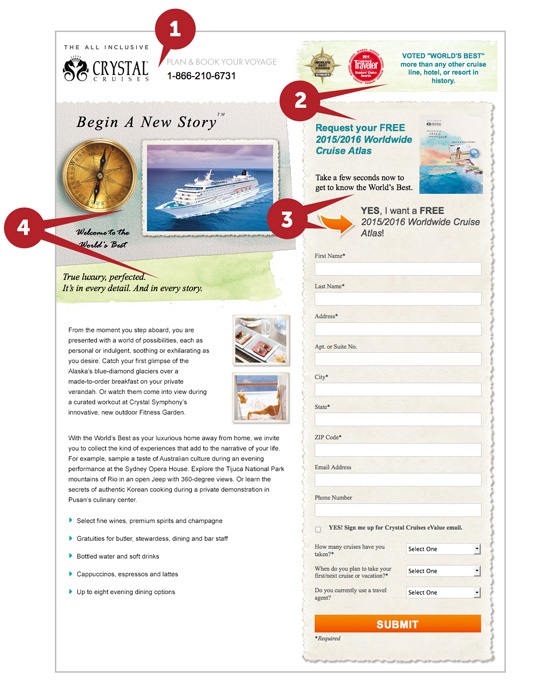My former English teacher, Miss Thorne, would kill me if she read this, but the rules of grammar are not etched in stone.
At one end of the spectrum lie things like academic treatises, which demand the highest attention to grammar. End a sentence in a preposition and your esteemed scientific chums may throw pi in your face. On the other end we have the spoken word. Pause to ensure every subject, verb and predicate is in place and you’ll sound like a robot.
Marketing is what marketing does
Somewhere in the middle is the creative alchemy we call marketing, whose raison d’etre is not to satisfy the Miss Thornes of the world, nor validate tomes such as the AP Style Book or the Chicago Manual of Style. No, the purpose of marketing copy is mostly to intrigue, entice and motivate people to buy. If we can do that and still satisfy the grammar police, fine. If not, it’s time to step outside the proverbial box.
Color outside the lines
From a creative perspective, strict adherence to the rules of grammar can give marketing copy a stiff tone and manner. When the drummer constantly plays right “on top” of the beat, how does the song sound? Wooden. Carefully stay in the lines when you paint by numbers and what do you get? A colorful but dead piece of art.
Writing is a bit like that. Formal writing must read correctly. Effective marketing copy should sound good.
Know when you can and can’t
To be clear, knowingly breaking the rules of grammar for a powerful marketing idea can be good. Yet being mocked by your audience for a grammar glitch, inadvertent or not, can damage your brand. So take care. If your audience happens to be college English professors, you had better be on your game. (And God help you.)
Always weigh the expected impact of bending the rules against the downside of being seen as careless.
The best threw out the book
Many of history’s most iconic marketing campaigns flew in the face of good grammar: Got Milk? (Goodby Silverstein & Partners); Apple’s Think Different (TBWA/Chiat/Day); and De Beers’ A Diamond Is Forever (N.W. Ayer & Son) come to mind. The folks behind these gems weren’t short on English skills, rather smart enough not to trash a great phrase because it bent the rules.
New formats don’t mince words
New digital communications formats also compel us to reexamine our devotion to good grammar since they more or less demand abbreviation. Just try writing a compelling email subject line that conforms to best practices in 35 characters or less, yet still forms a complete sentence.
So, with our new laissez-faire attitude toward grammar, let’s consider the following:
1. Form incomplete sentences.
Think of periods and spaces as rest symbols in music. They let the composition breathe. In writing they can be effective because they put a big visual and mental distance between one thought and another.
2. Start a sentence with a conjunction.
But that’s so wrong, you say. Forget about it. It’s done all the time.
3. Employ slang or colloquialisms.
Phrases like “you ain’t seen nothing yet” can have a strong impact in the right situation. But overuse colloquialisms and you’ll sound unprofessional, which you must never do, no matter how brazen you are with grammar.
4. Use “you” instead of “one.”
When one uses the impersonal pronoun “one” instead of the personal “you,” one sounds a bit like an old British pensioner. If you’re selling English breakfast tea, I suppose that’s okay.
5. End a sentence with a preposition.
Why? Because yours is the product they’ve been waiting for (exciting), not the product for which they’ve been waiting (ho-hum).
Advertising is an American art form, and good art never balks at pushing the envelope. But it’s also part science, the goal being to achieve a definitive result. With that in mind, an open approach toward grammar can make us more creative and, just maybe, more effective.





